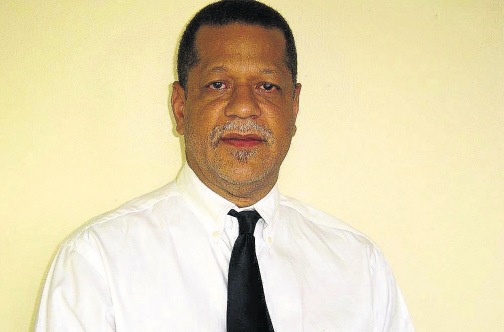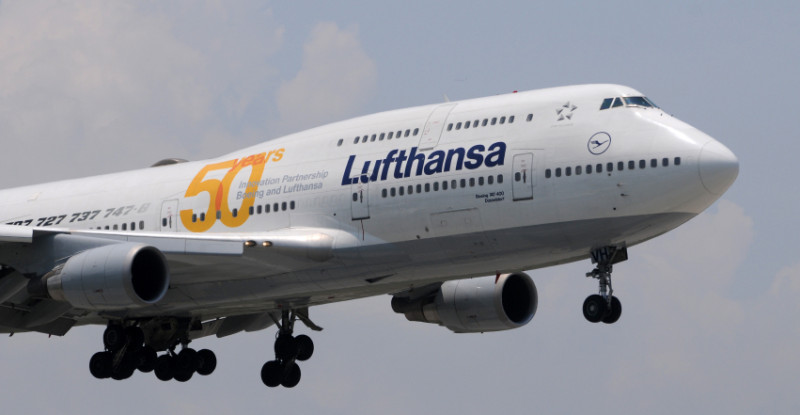The UAE’s amended visa policy is a step forward in Dubai’s goal of attracting 500,000 medical tourists per year by 2020.

The UAE recently announced an amended visa policy with new options specifically introduced for medical tourists. Under the new rules, a medical treatment visa costs Dhs550, with a multiple entry visa priced at Dhs1,400 and a visa for a patient’s escort also priced at Dhs1,400.
The move is part of the UAE’s and specifically Dubai’s strategy of becoming a medical tourism hub within the next few years. The emirate aims to attract up to 500,000 people per year for medical tourism by 2020, with a goal of the sector contributing Dhs2.6 billion to its GDP by then.
The introduction of the new visas is a positive step towards the fulfillment of the target set for 2020, according to Sandeep Sinha, VP, Healthcare Practice, Middle East, North Africa and South Asia, Frost & Sullivan.
The visas will also help in measuring the number of medical tourists entering the UAE (from countries that require visas), which in turn can help support future planning and improvement in the emirate’s medical tourism offerings, added Dr. Fatma Al Sharaf, Strategy and Partner Development manager at Dubai Healthcare City (DHCC).
However, Nikhil Idnani, principal with Strategy&, formerly Booz & Company, opined that the move would not necessarily provide a major boost to medical tourism. “It will not be a big driver as it is fairly easy to obtain a UAE visa already,” he said.
“Those who can afford to travel to UAE for medical reasons, would anyhow be able to get a visit/ tourist visa to Dubai relatively easily.”
What is required is a combined effort from all the stakeholders – including the healthcare sector, the tourism industry and government officials to ensure that patients have a hassle-free experience, according to experts.
“A combination of efforts from healthcare and other sectors will generate the required amount of push to achieve the targets,” said Sinha.
A wider strategy is already in place – Dubai Health Authority (DHA) officials have confirmed that emirate’s first medical tourism package for overseas patients, which will cover treatment costs, visa, accommodation and recreational activities for families who accompany the patient, will be launched later this year.
Hospitals that wish to participate will be evaluated and will need to pass stringent verification measures.
Essa Al Maidoor, director-general of the DHA, said: “Dubai is the world’s leading destination for tourism and leisure and since it offers excellent health-care facilities, medical tourism is an extension of the hospitality that Dubai is synonymous with.
“Ensuring that all players work hand-in-hand with us and are aligned with the overall medical tourism strategy will ensure smooth functioning of a dynastic health sector and will benefit both medical tourists as well as the health-care providers,” he said.
The DHA plans to build 22 hospitals including 18 private and four public hospitals in the next few years to support the high volumes of medical tourists.
“These initiatives are more focussed on enhancing the private sector infrastructure, with the number of private-sector healthcare staff expected to increase by more than 3,800,” said Sinha.
The authority will also be launching a dedicated website for medical tourism later this year.
WHY IT COULD WORK
According to a survey conducted by DHCC, 80 per cent of medical tourists come to Dubai for quality of care, 61 per cent said it is for the city’s experienced physicians, while 48 per cent highlighted the availability of specialist treatments.
The emirate benefits from accessibility to healthcare with shorter waiting times, safety and security, tourist attractions, state-of-the-art infrastructure and a robust hospitality industry, said Dr. Al Sharaf.
Another huge advantage is the UAE’s strategic location between the east and the west, which can also play a big role in helping the country compete with traditionally strong medical tourism markets across the world, including cheaper destinations in Asia, such as Thailand and Singapore.
“The country’s location is an advantage compared to Asian countries that are further away from Europe and hence European/ UK tourists would have to travel quite some distance to Asia for medical tourism,” said Idnani.
“Additionally, the marketing done by the UAE on positioning itself as a medical tourism hub, is also helping this cause,” he added.
In terms of costs, even if a location like Dubai is more expensive, it stands out in terms of its brand, supplementary attractions and relatively shorter commuting times from its main markets, added Sinha.
The numbers also seem to substantiate these facts – DHCC, which had up to one million patients in 2013, claims up to 15 per cent of its patients are medical tourists. It has catered to people from the GCC countries, Libya, Iraq, Iran, Nigeria, Tunisia and Djibouti, confirmed Dr. Al Sharaf.
BIGGEST HURDLES
One of the main challenges in the region is to reverse the outbound medical tourism trend, and provide specialised services in line with the required capacity and the prevalence of lifestyle diseases, experts suggest.
“Currently the UAE lacks many highly specialised facilities, i.e. those providing the highest levels of care (quaternary care) – things like brain surgery, robotic heart surgery, specialised oncology surgery, etc,” explained Idnani.
“Although the volume for such cases is small, and given the low population of the UAE, such specialised services can only be sustainable if patients are attracted from abroad. So it is a chicken and egg story,” he added.
The UAE, which is new to the industry in comparison to countries with older, developed health systems, requires a more focused approach to promote its available services, stated Dr. Al Sharaf.
“With inbound medical tourism strengthening in the UAE, patients increasingly seek quality assurance. One way to build this assurance is through international medical tourism accreditation organisations.”
She also highlighted that industry problems such as patient education and awareness of services, quality, licensing and patient rights. “Another challenge is the spectrum of care after a patient leaves the destination to his home country,” she said.
“When healthcare is no longer confined by geographical borders, challenges of policy and regulation are at the forefront. Factors of accreditation, medical visas, and follow-up care, among others are all crucial,” she added.
source: http://www.gulfbusiness.com / Gulf Business / Home> Analysis> Dubai> Healthcare> Insights / by Aarti Nagaraj / September 20th, 2014





